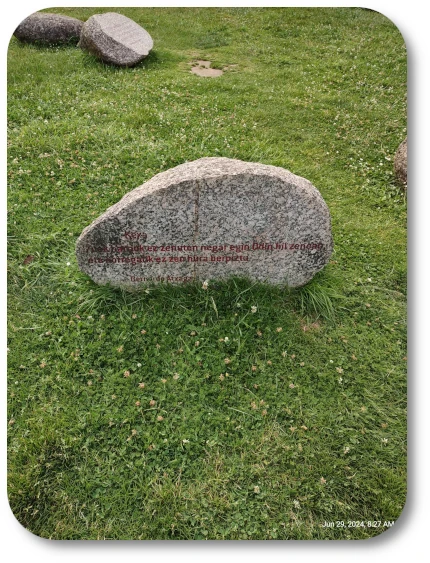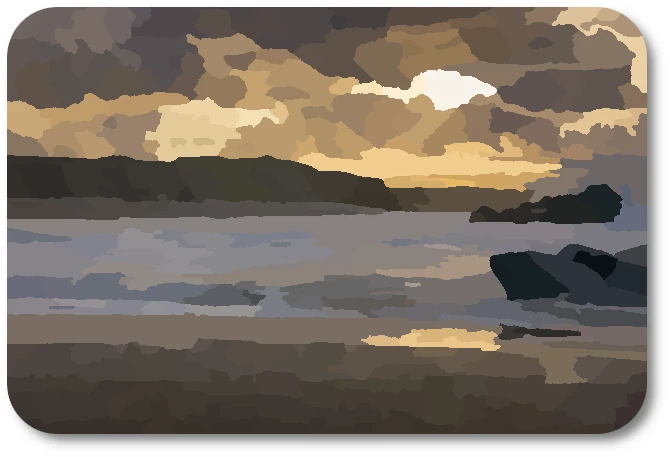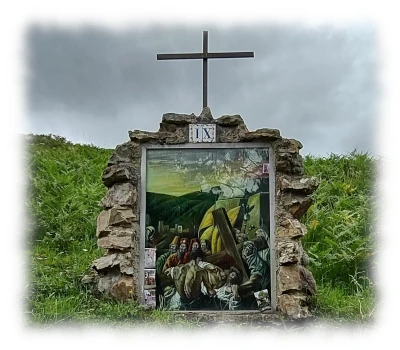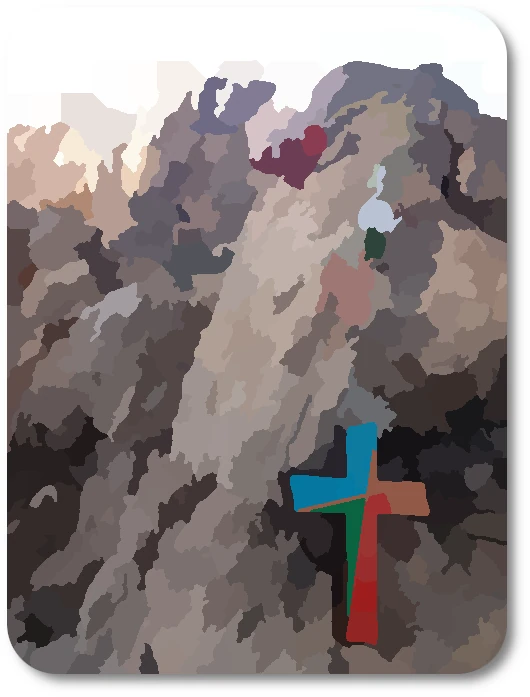- Rosary
- spiritual meditation
- Contemplative Arts
- Norse Mythology
Norse Mythology
Stone 12
Norse Mythology
"When the great Odin fell,
and there was no one to revive him."
Bernardo Atxaga

This poem reflects on the moment when Odin, a central figure in Norse Mythology, falls.
It captures a sense of loss and the absence of revival, suggesting a moment of despair and the weight of mortality.
The imagery evokes a powerful emotional response, resonating with themes of sacrifice and the inevitability of death.
Bernardo Atxaga - Author
Bernardo Atxaga, born in 1951 in Asteasu, Spain, is a prominent Basque writer renowned for his contributions to contemporary literature. He writes primarily in Basque and Spanish, exploring themes of identity, culture, and the human experience. Atxaga gained international recognition with his novel "Obabakoak," which blends reality and fantasy, reflecting the rich tapestry of Basque folklore and tradition.
Throughout his career, Atxaga has received numerous awards, including the National Prize for Literature in Spain. His works often delve into the complexities of Basque identity and the impact of history on personal narratives. With a unique narrative style that combines lyrical prose and deep philosophical insights, Atxaga continues to be a vital voice in modern literature, bridging cultural divides and engaging readers worldwide.
Odin Fell

The poem centers on the theme of loss, particularly through the figure of Odin, who symbolizes wisdom and power.
His fall represents not just a physical defeat but a deeper existential crisis. The mention of revival underscores the idea that once such a powerful entity is gone, the world feels the void left behind.
The use of Odin as a central figure is significant; he is often associated with knowledge, war, and death in Norse mythology.
This choice amplifies the emotional weight of the poem, as it connects personal loss to a broader mythological context.
The setting of the meditation garden enhances the reflective nature of the poem, inviting readers to contemplate their own experiences of loss and the search for meaning in the aftermath.
3rd, 7th, 9th Station Reflections

Jesus first fall under the weight of the cross, symbolizing the burdens we carry. Reflecting on the first question below, consider how we can find meaning in our own struggles. What does it mean to rise again after a fall?
In His second fall, Jesus demonstrates resilience. This aligns with the second reflection question about maintaining faith in adversity. What practices can we adopt to strengthen our resolve during challenging times?
The third fall represents ultimate humility and surrender. In light of the third question, think about how e can bring hope and revival to us and other, drawing inspiration from Jesus' journey and the promise of resurrection.
How can we find meaning in our own moments of suffering and despair, much like Jesus did during His falls on the way to the cross?
In times of struggle, what practices can help us remain steadfast in our faith, reflecting on Jesus' perseverance despite His falls?
How can we embody the hope of revival in our lives and communities, inspired by the promise of resurrection that follows each of Jesus' falls?
As I reflect on Odin and the Mysteries

The poem about Odin's fall can connect deeply with the mysteries of the Holy Rosary, showing how hope and faith can guide me through tough times.
Just like Odin's fall represents a moment of loss, Jesus' falls on His way to the cross remind me that everyone faces struggles. When I pray the Rosary, I think about important events in Jesus' life, like His suffering and resurrection, which teaches me that after every hardship, there is hope for new beginnings.
This poem encourages me to reflect on my own challenges and to understand that, like Jesus, I can find strength to rise again. By searching for meaning in both the poem and the mysteries of the Rosary, I can hold onto my faith and find comfort in knowing that I am never alone in my struggles.
















